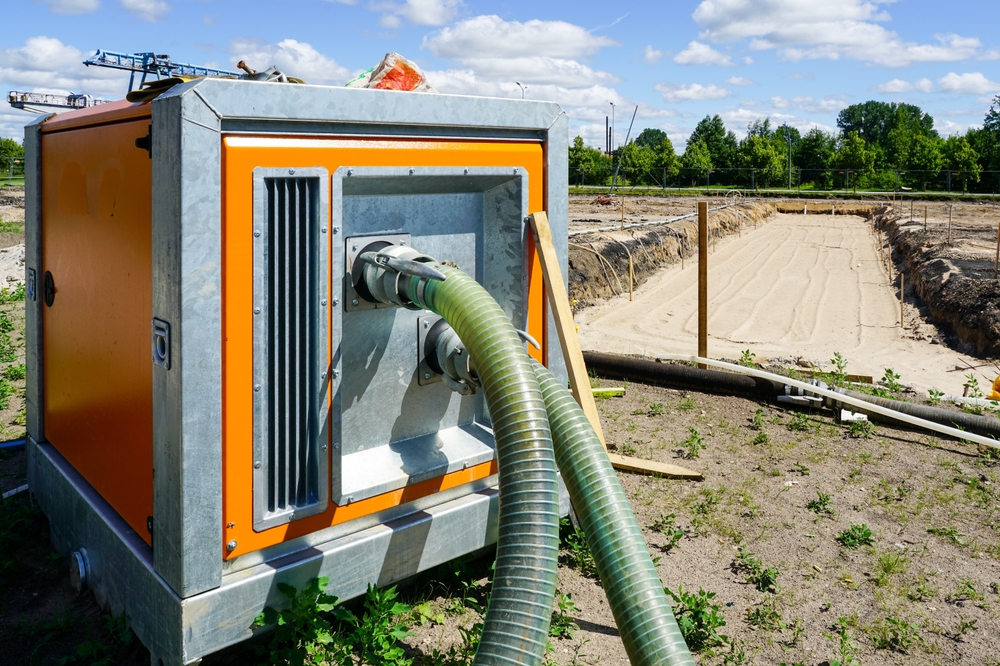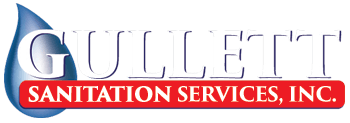
Septic systems are a vital part of waste management for millions of homes and businesses, particularly in rural and suburban areas where municipal sewer connections are unavailable. However, when a septic emergency arises, such as an overflowing tank, blocked drain field, or sudden system failure, the consequences can be unpleasant, costly, and hazardous to health. Traditionally, homeowners and businesses have relied on pump trucks and extensive manual cleanup efforts, but these solutions can be slow, expensive, and disruptive.
This is where mobile dewatering technology is changing the game. By providing an efficient, portable, and environmentally friendly method of separating liquids from solids during septic emergencies, mobile dewatering is revolutionizing how property owners, contractors, and emergency response teams handle these situations.
In this blog, we’ll explore why mobile dewatering is becoming an indispensable solution for addressing septic emergencies, how it works, and why it offers superior advantages over conventional methods.
The Rising Challenge of Septic Emergencies
Septic emergencies can occur without warning and often create significant health and environmental risks if not handled promptly. A typical septic emergency involves overflowing tanks, sewage backup into homes or businesses, foul odors, and potential contamination of surrounding soil or water supplies. The causes can range from excessive water usage and aging systems to blocked pipes and saturated drain fields.
Historically, the response to these situations relied on traditional vacuum trucks to pump out septic tanks. While effective in removing waste, these trucks often face several limitations. In some cases, they cannot reach remote properties due to terrain or road conditions. Even when accessible, the pumping process can be time-consuming, requiring waste to be hauled off-site for treatment. During widespread emergencies, such as floods or natural disasters, the demand for pump trucks often outpaces availability, leading to dangerous delays.
Mobile dewatering addresses these challenges by providing a faster, more flexible, and scalable solution. Instead of waiting for a pump truck, mobile units can be deployed on-site, processing waste directly and reducing the volume that needs to be transported.
How Mobile Dewatering Works in Septic Emergencies
At its core, mobile dewatering involves using specialized equipment to separate liquids from solids in septic waste. This is typically achieved through high-performance filtration systems and advanced centrifugal processes designed to handle even the most challenging waste conditions.
When a septic emergency occurs, a mobile dewatering unit can be rapidly deployed to the affected site. Once connected to the septic system, the machine draws in the waste and processes it on the spot. Solids are separated and contained in secure holding tanks, while the clarified liquid can either be safely discharged or retained for further treatment depending on local regulations.
This technology significantly minimizes the amount of material that must be transported, saving both time and cost. More importantly, it allows for quicker restoration of septic system functionality, reducing downtime and preventing further environmental damage. In high-stakes scenarios where quick intervention is critical, such as during a sewage backup in a residential neighborhood, mobile dewatering can make the difference between a manageable incident and a full-blown disaster.
Advantages of Mobile Dewatering Over Traditional Pumping
The benefits of mobile dewatering in handling septic emergencies are extensive, and they directly address many of the shortcomings associated with conventional solutions.
First and foremost, mobile dewatering offers speed and efficiency. Traditional pump trucks can require hours to arrive, set up, and complete the job, especially in remote locations. In contrast, mobile units are designed for rapid deployment and can begin processing waste within minutes of arrival, reducing response times dramatically.
Another major advantage is cost-effectiveness. Because mobile dewatering reduces the volume of waste requiring transport, disposal costs decrease substantially. Instead of hauling entire tanks of mixed liquid and solids, operators transport only the concentrated solids, making the process far more economical for homeowners, businesses, and municipalities alike.
Environmental sustainability is another key factor. Septic emergencies often pose a significant risk of groundwater and soil contamination. By processing waste on-site and reducing the chances of spillage or overflow, mobile dewatering protects natural resources more effectively than traditional pumping methods.
Furthermore, mobile dewatering provides greater accessibility. Unlike large pump trucks, which may struggle to reach rural or hard-to-access areas, mobile units are compact and portable. This makes them ideal for emergencies where location or infrastructure presents logistical challenges.
The Role of Mobile Dewatering in Environmental Protection
Septic emergencies don’t just affect property owners—they also impact the broader ecosystem. Untreated sewage contains harmful pathogens, nitrogen, phosphorus, and other pollutants that can seep into groundwater or nearby streams, creating health hazards and disrupting local habitats.
By enabling immediate on-site processing, mobile dewatering drastically reduces the likelihood of untreated wastewater entering the environment. The separation of solids and liquids allows for safer disposal, while also reducing the carbon footprint associated with transporting large volumes of waste to treatment facilities.
Moreover, because mobile dewatering units can often reclaim and reuse clarified water within the treatment process, they help minimize water waste and promote sustainable resource management. For communities committed to environmental stewardship, adopting mobile dewatering solutions supports both public health and ecological preservation.
Why Mobile Dewatering Is the Future of Septic Emergency Response
The growing demand for faster, safer, and more effective septic emergency solutions has made mobile dewatering an indispensable technology. As populations grow and septic systems age, the number of emergencies is expected to increase. Homeowners, businesses, and municipalities are recognizing the need for solutions that combine reliability, cost savings, and environmental protection.
Advancements in mobile dewatering technology continue to improve efficiency and capacity, enabling response teams to handle larger emergencies and more complex situations. In addition, regulatory agencies are increasingly encouraging or requiring solutions that minimize environmental impacts—making mobile dewatering not just an option but, in many cases, the preferred method of managing septic emergencies.
As awareness grows and access expands, mobile dewatering is poised to replace outdated methods of septic cleanup entirely. For property owners and communities alike, this shift means faster recoveries, lower costs, and greater confidence that emergencies can be managed without long-term damage.
Conclusion
Septic emergencies are stressful, disruptive, and potentially hazardous, but mobile dewatering technology offers a smarter, faster, and more sustainable solution. By separating solids from liquids on-site, reducing transportation needs, and minimizing environmental risks, mobile dewatering has transformed the way professionals respond to these urgent situations.
Whether you’re a homeowner facing an unexpected septic overflow, a contractor managing a large-scale cleanup, or a municipality preparing for flood-related sewage challenges, mobile dewatering provides the speed, flexibility, and efficiency required to restore normalcy quickly. As the technology continues to evolve, its role in septic emergency management will only grow, making it the go-to solution for protecting homes, businesses, and the environment.
Need Septic Contractors in Bethel, OH?
Gullett Sanitation Services, Inc. offers mobile de-watering of sludge and slurries in and around Bethel, OH, utilizing Roediger belt filter presses, as well as services and repairs on all major brands of home aeration systems. We also work with jet aeration and cleaning for sewer system lines (up to 8 inches in diameter), permits and consultation for biosolids, the transportation of non-hazardous wastewater, sludge removal from all types of waste lagoons, service and repairs on residential sewer systems, and the removal of grit, rags, and debris from anaerobic or aerobic digesters. Give us a call today and let us be your septic and dewatering service in Ohio!
